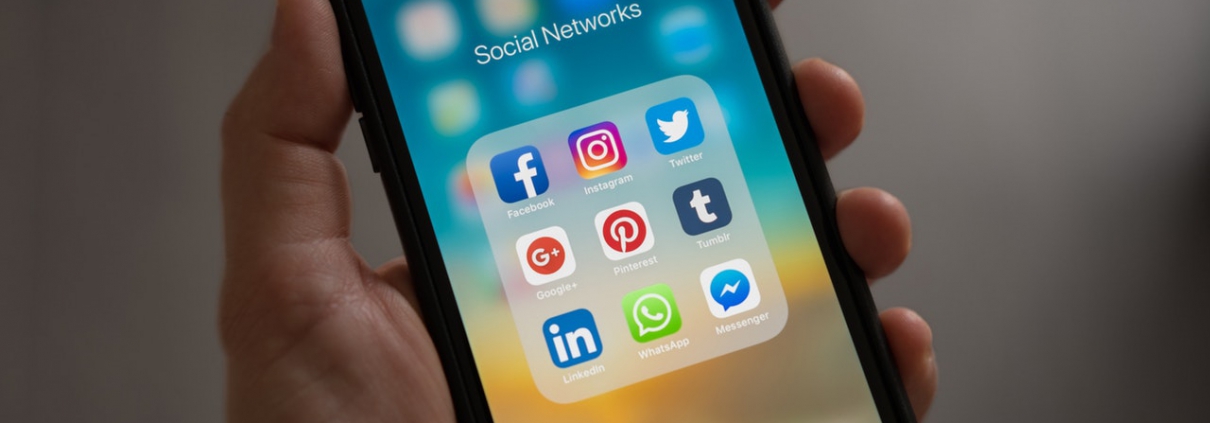How much credence should courts place in the use of social media as evidence?
As more of us become frequent users of social media like Facebook and Twitter, that question on the admissibility of social media evidence in court cases is becoming increasingly prevalent. In a recent case out of Connecticut, a defendant named Robert ELeck wanted to impeach the credibility of a key prosecution witness using social media evidence. A message on the Facebook page of that witness appeared to contradict her testimony that she had had no contact with Eleck, after he was accused of stabbing another teenager at a party.
Though the woman did not deny the postings came from her Facebook account, she testified that she had not written them, instead claiming someone had hacked into her account. She planted enough seeds of doubt that the trial judge in the case ruled the messages inadmissible as evidence, and the Connecticut Appellate Court recently upheld that ruling. This was one of a number of similar decisions made in jurisdictions across the country.
At least one legal scholar thinks this Connecticut ruling places a stricter standard of admissibility on social media evidence than what is required. “You really have to accept the fact that the standard is sufficiency and the standard is a low standard for a purpose,” said Sam Stonefield, a professor at Western New England University School of Law who has written on evidence issues. “If there are problems with the evidence, let the other side bring those to the attention of the jury and let the jury decide. Historically, whenever there’s been a new technology, courts have been wary of embracing that new technology.”
Under the sufficiency standard, evidence is admissible if it is sufficient for a reasonable jury to decide it is what it is claimed to be. While the appellate court did not spell out what steps must be taken to authenticate such evidence, Stonefield says the decision, and others like it, may force lawyers to call in social media providers, sometimes at the state’s expense to debate the admissibility of social media evidence.
While Stonefield says he believes the court made a mistake in its ruling, he added it’s unlikely the content of the messages would have affected the outcome of the trial, which was a verdict of guilty on assault charges.
The appellate court ruled that social media messages are comparable to hand-written statements, which can be forged. When the person said to be the writer denies making the statement, it’s up to the person proposing admission of social media evidence to prove its authenticity.
Attorney William B. Wescott, a partner at the Connecticut firm of Maya Murphy, argued the appeal for the defendant in the assault case. He says the appellate court ruling forces parties to prove a negative. “There’s a general presumption in all of evidentiary law that evidence is admissible, unless there’s a reason to keep it out,” Wescott says, adding, “What’s really implicit in this decision, although not outright stated, is they’re really leaning toward a presumption of suspicion.”





